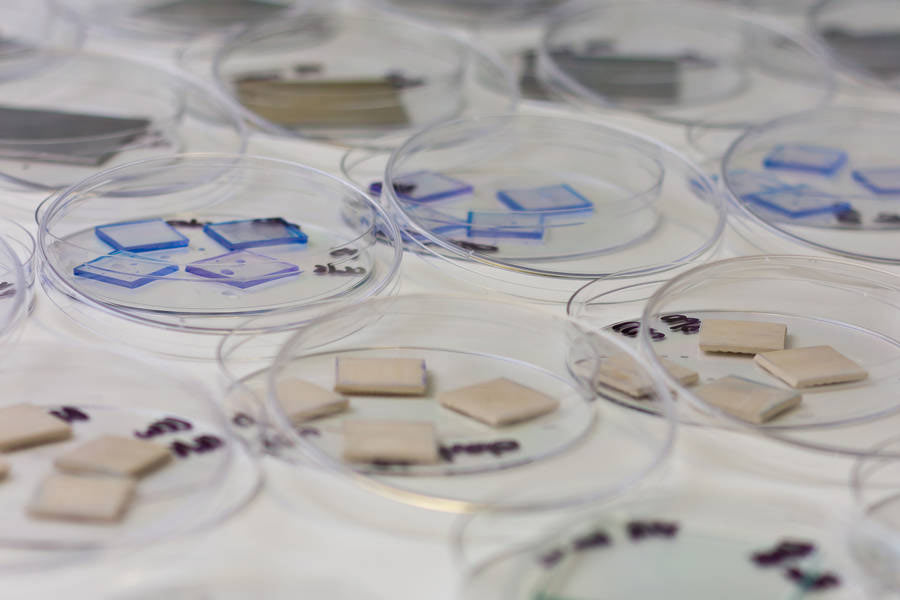Dissolution Testing
For the testing of solid dose forms
What is Dissolution Testing?
Dissolution testing is used to establish safety and efficacy data for solid dosage forms. It involves the controlled dissolution or dissolving of a product in a dissolution media. This builds a picture of drug release profiles.
Why do we do it?
Establishing the dissolution rate to assess consistency across all batches is a critical quality control step. Dissolution is a pharmacopoeial testing requirement for the vast majority of solid dosage forms. It provides critical safety data on drug bioavailability in the body without having to utilise in vivo methods. The resulting samples from the dissolution test are also subject to further critical analytical steps such as HPLC or UV-Vis Analysis.
How can we help assure compliance?
All dissolution methodology used in a cGMP environment should be qualified as the method is directly assessing product performance. There are a number of dissolution methodologies accepted by the major pharmacopeias. Here at Honeyman we have the capacity to perform the following:
- Apparatus USP 1 Dissolution which involves the solid dosage form being placed into a basket before insertion into the liquid dissolution media at 37°C
- Apparatus USP 2 Dissolution involves the solid dosage form being placed into a controlled dissolution chamber subject to mechanical mixing with a paddle at 37°C
Dissolution is a routine service at Honeyman due to our wide portfolio of solid dosage form QC release testing.
Our Customers:
























